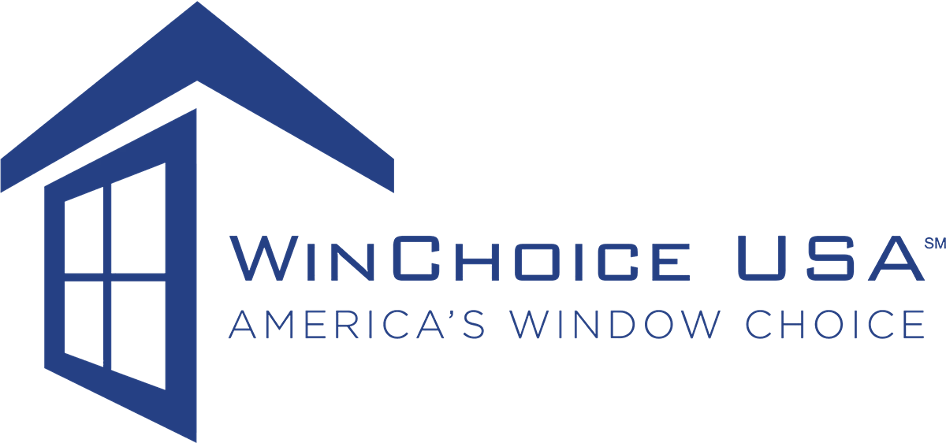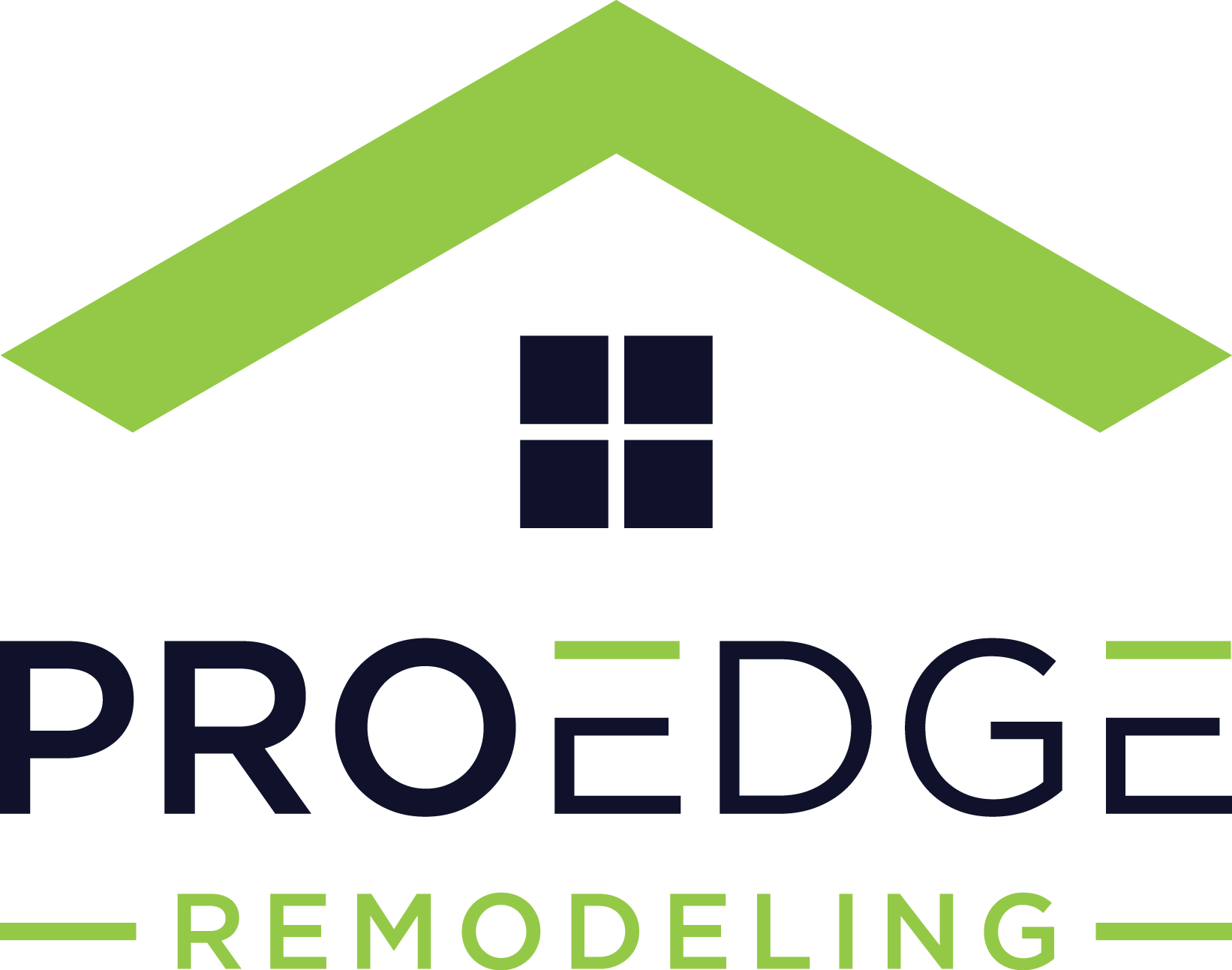Home Inspection Cost Guide

*Updated April 3rd, 2025
When you’re preparing to close on a home, the list of expenses can feel endless. But if there’s one item you don’t want to skip, it’s the home inspection. While it may seem optional, this modest investment can save you thousands—or help you avoid a costly mistake altogether.
Home inspection costs typically range between $300 and $600, depending on factors like location, home size, and the type of inspection required. While not mandated by mortgage lenders, a thorough inspection gives you an unfiltered look at a property’s true condition before you sign on the dotted line.
Table of Contents
- What Is a Home Inspection?
- Why a Home Inspection is Worth the Investment
- Factors That Affect Home Inspection Costs
- What Does a Home Inspection Include?
- Types of Home Inspections
- Specialized Inspections
- Who Pays for the Home Inspection?
- Why a Home Inspection Is Worth Every Penny
- How to Save Money on a Home Inspection
- Questions to Ask Your Home Inspector Before Hiring
What Is a Home Inspection?
A home inspection is an objective, visual evaluation of a home’s physical structure and systems. It’s conducted by a certified professional who identifies current issues and flags potential problems in areas like the roof, plumbing, HVAC, foundation, and more. The goal is to help buyers understand what they’re getting into before they finalize the purchase.
Why a Home Inspection is Worth the Investment
- Identifying Hidden Issues: Inspectors assess critical systems, including the foundation, roof, electrical wiring, plumbing, and HVAC, to detect problems that might otherwise go unnoticed.
- Negotiation Leverage: Buyers can use inspection findings to request repairs, negotiate a price reduction, or ask for seller concessions.
- Safety Assurance: Inspections help identify hazards such as mold, radon exposure, faulty wiring, or structural defects that could pose risks to occupants.
- Long-Term Cost Savings: Addressing potential issues early can prevent expensive repairs and unexpected expenses after moving in.
Factors That Affect Home Inspection Costs
A standard home inspection typically costs between $280 and $400, with a national average of $342. However, prices vary based on factors such as home size, age, location, and the inspector’s expertise.
Size and Age of the Home
Larger homes require more time to inspect, increasing labor costs. Older homes may also lead to higher inspection fees due to aging infrastructure, outdated wiring, and plumbing systems that need thorough evaluation.
Home Size (Square Feet) | Average Inspection Cost |
Less than 1,000 sq. ft. | $200 – $250 |
1,000 – 1,500 sq. ft. | $280 – $300 |
1,501 – 2,000 sq. ft. | $290 – $320 |
2,001 – 2,500 sq. ft. | $307 – $350 |
2,501 – 3,000 sq. ft. | $323 – $400 |
More than 3,000 sq. ft. | $400+ |
Home Age | How It Affects Cost |
Less than 10 years | Lower cost; fewer potential issues |
10 – 50 years | Moderate cost; common aging concerns |
50+ years | Higher cost; more in-depth evaluation required |
Inspector’s Experience and Credentials
Home inspectors with professional certifications, such as those from the American Society of Home Inspectors (ASHI) or InterNACHI, may charge higher fees. More experienced inspectors tend to provide more comprehensive evaluations, which can justify the added cost.
Market Demand and Location
In competitive housing markets, demand for inspectors can drive up costs. Urban areas typically have higher fees compared to rural locations due to increased labor costs and demand for services..
City | Average Cost |
Detroit, MI | $294 |
Houston, TX | $347 |
Los Angeles, CA | $323 |
Boston, MA | $411 |
Hartford, CT | $489 |
What Does a Home Inspection Include?
A standard home inspection covers a home’s structural and mechanical systems, including:
- Foundation and structural integrity
- Roof, attic, and insulation
- Heating, cooling, and ventilation systems
- Electrical wiring, outlets, and circuit panels
- Plumbing systems, including water pressure and drainage
- Windows, doors, walls, and ceilings
- Appliances included in the sale
- General safety hazards
After the inspection, buyers receive a detailed report outlining any issues, safety concerns, and maintenance recommendations.
Types of Home Inspections
While a basic home inspection gives you a general overview of the entire property—checking key systems, looking for visible damage, and estimating things like the roof’s remaining lifespan—sometimes that’s just the starting point.
Depending on the property’s age, condition, or red flags raised during the general inspection, you may need a specialized inspection to dig deeper into specific issues like pests, mold, or structural integrity. Here’s a breakdown of what each type covers and when you might need more than just the basics.
Standard Home Inspection
This is the baseline inspection most buyers schedule. It evaluates the visible and accessible elements of the home including:
- Foundation and structure
- Roof and gutters
- Electrical system
- Plumbing
- Heating and cooling systems
- Attic and insulation
- Windows and doors
Specialized Inspections
Depending on your home’s age, location, and condition, you may want to order additional inspections. Here are some common types and their typical costs:
Inspection Type | Purpose | Estimated Cost |
Pest Inspection | Checks for termites or wood-destroying insects | $75–$150 |
Radon Testing | Detects dangerous radon gas levels | $100–$200 |
Mold Inspection | Identifies presence and type of mold | $200–$400 |
Sewer Line Inspection | Uses cameras to assess sewer or septic line health | $300–$600 |
Asbestos Testing | Samples materials in older homes for asbestos content | $200–$800 |
Chimney Inspection | Evaluates chimney structure and safety | $100–$300 |
HVAC Evaluation | Offers a detailed look at heating/cooling systems beyond basic testing | $200–$500 |
Foundation Inspection | Conducted by a structural engineer if stability issues are suspected | $300–$800+ |
These inspections can be added à la carte depending on what your general home inspector finds or what concerns you already have.
Who Pays for the Home Inspection?
In most real estate transactions, the buyer pays for the home inspection. This ensures the inspector is working in the buyer’s best interest. Some buyers also include a home inspection contingency in their purchase agreement, which allows them to walk away from the deal, or renegotiate, if the inspection uncovers major issues.
Why a Home Inspection Is Worth Every Penny
Think of a home inspection as financial protection, peace of mind, and a negotiation tool all rolled into one. Here’s what you get:
Protection From Hidden Costs
Issues like faulty wiring, roof leaks, or foundation cracks can go unnoticed until they cause serious—and expensive—problems. An inspection helps you spot those risks upfront.
Negotiation Power
If the inspector finds defects, you can ask the seller to repair them, lower the purchase price, or offer a repair credit. Without an inspection, you lose that leverage.
An Out If You Need It
With an inspection contingency in place, you can back out of the deal without losing your deposit if serious issues are found.
Roadmap for Future Repairs
Even if you go through with the purchase, a home inspection report becomes a useful guide for prioritizing maintenance and upgrades after move-in.
Safety Assurance
From gas leaks to electrical hazards, an inspection can uncover safety concerns that might not be obvious to the untrained eye.
How to Save Money on a Home Inspection
- Bundle inspections when possible. Some companies offer discounts when combining a general home inspection with pest or radon testing.
- Compare rates by getting quotes from multiple inspectors.
- Schedule during the off-season. Winter months may have lower demand, leading to lower prices.
- Attend the inspection to see issues firsthand and ask questions, avoiding unnecessary follow-ups.
Questions to Ask Your Home Inspector Before Hiring
- What are your certifications and experience?
- What does the inspection cover?
- Can I see a sample inspection report?
- How long will the inspection take?
- When will I receive the report?
- Can I be present during the inspection?
- Do you offer follow-up inspections?
Conclusion
A home inspection is a valuable investment for both buyers and sellers. For buyers, it provides a clear picture of a property’s condition, helping to uncover potential issues that could lead to costly repairs. Even if a home appears well-maintained, hidden defects in the foundation, roof, electrical, or plumbing systems can pose significant financial risks. By identifying these problems early, buyers can negotiate repairs, request seller concessions, or even reconsider their purchase if major concerns arise.
For sellers, a pre-listing inspection can be just as important. Knowing the condition of a home before putting it on the market allows sellers to address any necessary repairs in advance, potentially increasing the home’s value and marketability. A transparent inspection report can also build buyer confidence, reduce the chances of last-minute renegotiations, and help facilitate a smoother closing process. In competitive markets, a seller who proactively provides a clean inspection report may have an advantage over other listings.
While home inspections require an upfront cost, the financial protection they provide outweighs the expense. By hiring a certified inspector and understanding what the home inspection entails, homebuyers can ensure they are making a sound investment.
FAQs
What is the biggest red flag in a home inspection?
Some of the most serious red flags in a home inspection include foundation issues, roof damage, electrical hazards, plumbing leaks, and mold or water damage. Structural problems, such as cracks in the foundation or signs of shifting, can indicate costly repairs. Electrical systems with outdated or faulty wiring may pose a fire hazard, while water damage and mold growth can lead to health concerns and expensive remediation. If an inspection uncovers major issues, buyers should consider consulting specialists for further evaluation before proceeding with the purchase.
How much should you spend on a home inspection?
Most home inspections cost between $280 and $400, but prices vary depending on the size, location, and age of the home. Specialized inspections, such as mold testing, radon detection, or sewer scope evaluations, can add anywhere from $50 to $1,000 to the total cost. While it may be tempting to opt for the least expensive inspection, hiring a reputable and experienced inspector ensures a more thorough evaluation, potentially saving thousands in unexpected repairs down the line.
What is the formula for determining a home inspection cost?
The cost of a home inspection is typically based on a combination of factors:
- Base fee for a standard inspection (typically $280 – $400)
- Additional costs for larger homes (many inspectors charge an extra fee per 500 sq. ft.)
- Specialized testing (radon, mold, termite, or structural assessments)
- Location and cost of living (urban areas tend to have higher inspection fees)
- Inspector’s experience and credentials (higher-rated professionals may charge more)
A homebuyer purchasing a large or older home in a competitive market with additional inspection needs can expect to pay more than the average price.
Do you need to be present for a home inspection?
While not required, attending the inspection is highly recommended. Being present allows buyers to:
- Ask the inspector questions in real time
- See potential issues firsthand
- Get maintenance tips for the home
- Avoid unnecessary follow-up inspections
If you can’t attend, request a detailed inspection report with photos and repair recommendations.
Additional Home Improvement Resources

Anna has over six years of experience in the home services and journalism industries and serves as the Content Manager at MyHomePros.com, specializing in making complex home improvement topics like HVAC, roofing, and plumbing accessible to all. With a bachelor’s degree in journalism from Auburn University, she excels in crafting localized, comprehensive guides that cater to homeowners’ unique needs. Living on both coasts of the United States has equipped her with a distinctive perspective, fueling her passion for turning any house into a cherished home through informed, personalized decision-making.








